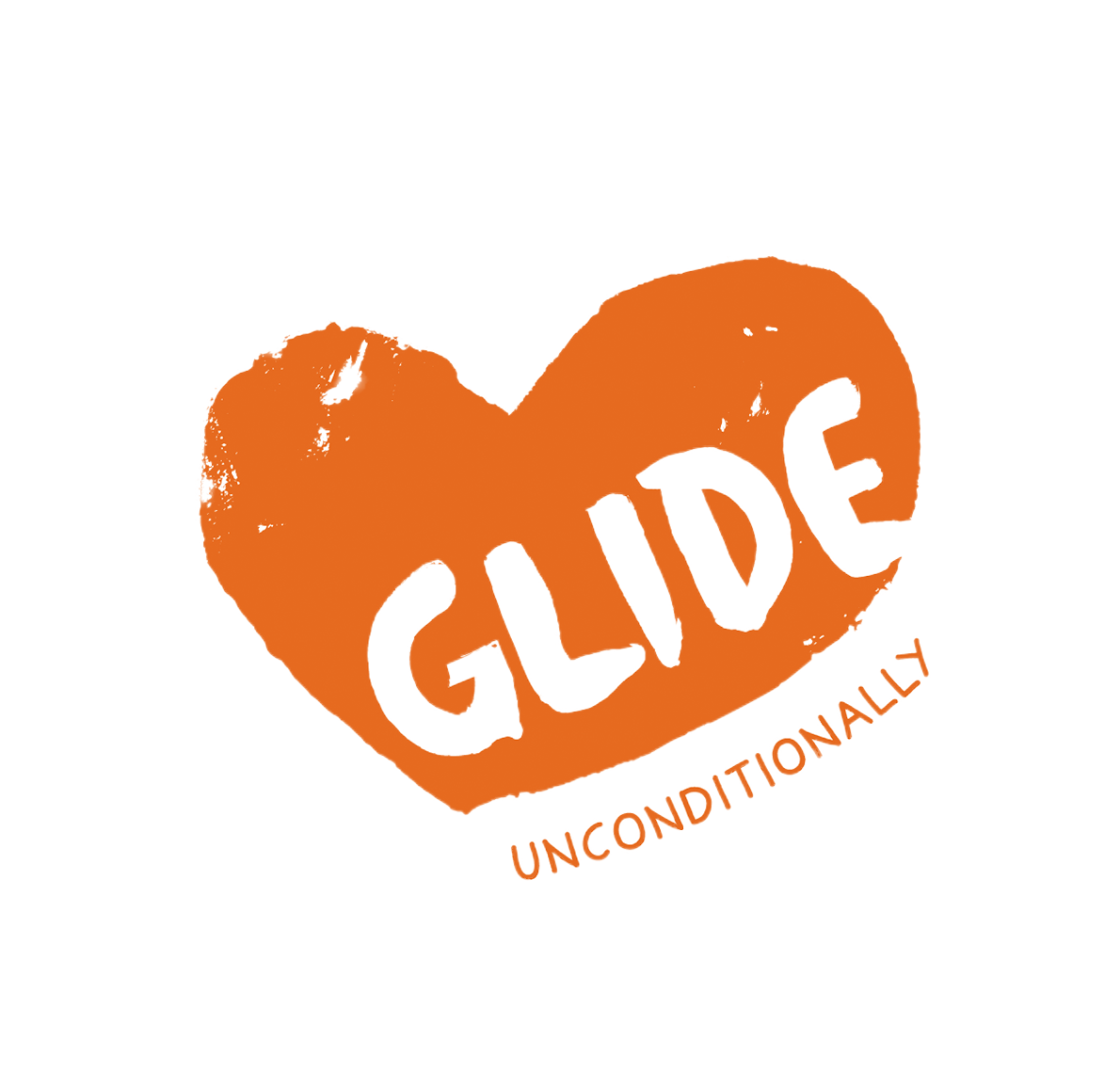The National Sex and Drug Forum237 (NSDF), later the National Sex Forum (NSF) and ultimately the Institute for Advanced Study of Human Sexuality (IASHS) was founded in 1968 at the Glide Urban Center under the direction of Lewis Durham and Ted McIlvenna, with the support of Phyllis Lyon, Rev. Laird Sutton, Dr. Joel Fort, and others. The program was developed initially to train clergy in understanding drug cultures and non-heteronormative sexuality.238 This work, of course, stemmed from Durham’s and McIlvenna’s goal of educating themselves and their peers in order to meet the needs of the community. And as it stood, sex and drugs were two core issues in San Francisco’s communities in the late 1960s, especially in the Tenderloin. Secondary (later) goals of the program were to promote happier, healthier sex; help people feel more comfortable with sexuality; and help prevent sexually transmitted diseases and unwanted pregnancies.239
Research into human sexuality was not new in the late 1960s; sexologist Alfred Kinsey had founded the Institute for Sex Research at Indiana University in 1947 and published his seminal studies Sexual Behavior in the Human Male and Female in 1948 and 1953; the work of Masters and Johnson had begun in 1957. The NSF was pioneering in the area of sex education and demythologizing human sexuality. As Durham notes, prior to opening the NSDF, “[T]here wasn’t any place to get any training in sexuality. There were people teaching sex courses around the country, especially in the junior colleges, that [didn’t have] any training.”240 When word got out about NSF, the program became a national draw for anyone wanting to better understand human sexuality. The program soon expanded to include instructors and attendees from health and educational professions—nurses, social workers, therapists, doctors, and teachers—and sex industries.241 Medical schools at UC San Francisco, Stanford, and the University of Minnesota were eventual collaborators.242
The first NSDF meetings were held in the basement of Glide in a training room outfitted with audiovisual equipment and a floor strewn with big, comfortable pillows.243 Instructors started the sessions by presenting pornographic films, both to educate attendees, as well as demythologize sexual practices.244 “[We] would sometimes have 16 or 18 projectors all going at the same time,” describes Durham, with Tchaikovsky’s Violin Concerto playing “louder than hell…just complete media inundation.”245 The films were timed so that “all of the films were coming to orgasm at the same time,” in tune with the ending of the violin concerto.246 This pornographic introduction, if successful, left attendees dazed and desensitized to the discussion that followed. It allowed the instructors to “start fresh,” according to Durham. “You’ve got everything, you’ve seen everything, you’ve been inundated. Now we can [talk] about sex without the load of stuff that we usually put on it and begin to be open about what do people do [sexually].”247
The NSF courses became known as Sexual Attitude Restructuring (SAR).248 Highlights were educational presentations by community members who were part of various sexual minorities, including gay men, lesbians, bisexuals, and transgender men and women.249 A dominatrix led seminars on sadomasochism (S/M). Pioneering brothers in pornography, Jim and Artie Mitchell—founders of the Mitchell Brothers O’Farrell Theatre, one of San Francisco’s earliest X-rated theaters—were guest speakers.250
In addition to Lewis Durham and his cohort, notable faculty included: Dr. Wardell B. Pomeroy, a sex researcher and collaborator of Dr. Alfred C. Kinsey; Irwin Haberle, historian of human sexuality; Maggi Rubenstein, former nurse and pioneering bisexual activist who went on to cofound the Sex Information Switchboard (phone line); Clark L. Taylor, gay anthropologist and sexologist and founder of the Anthropology Research Group on Homosexuality; and Janice Epp, prominent clinical sexologist and educator.251 Around 1970, Durham and McIlvenna, not wanting to “push the [Glide Foundation] board too far,” decided to sever NSF from the Glide Urban Center and spin it off as an independent organization. After that NSF was free to promote even more radical programs, such as helping found the nation’s (and possibly the world’s) first erotic art museum, The International Museum of Erotic Art (540 Powell Street), which featured the world-famous collection of Drs. Phyllis and Eberhard Kronhausen from 1971 to 1973 .252 Durham joked: “We decided Glide really didn’t need to have the reputation of setting up the first erotic art museum in the country. We did it, we just set up another entity to do it.”253 In c. 1976, the National Sex Forum became the Institute for Advanced Study of Human Sexuality (1523 Franklin Street), the first institution of higher education in the United States to grant advanced degrees in sexology. Ted McIlvenna was the director for many decades.
